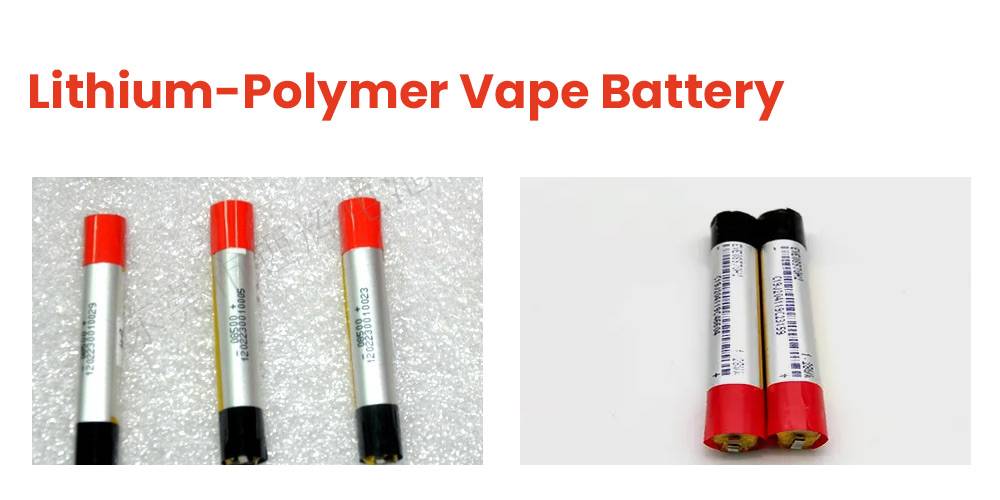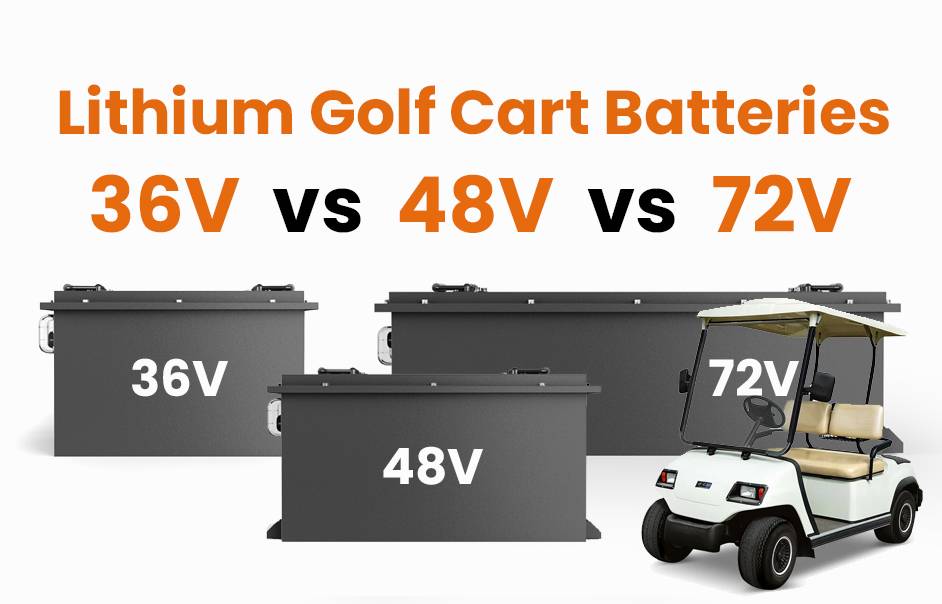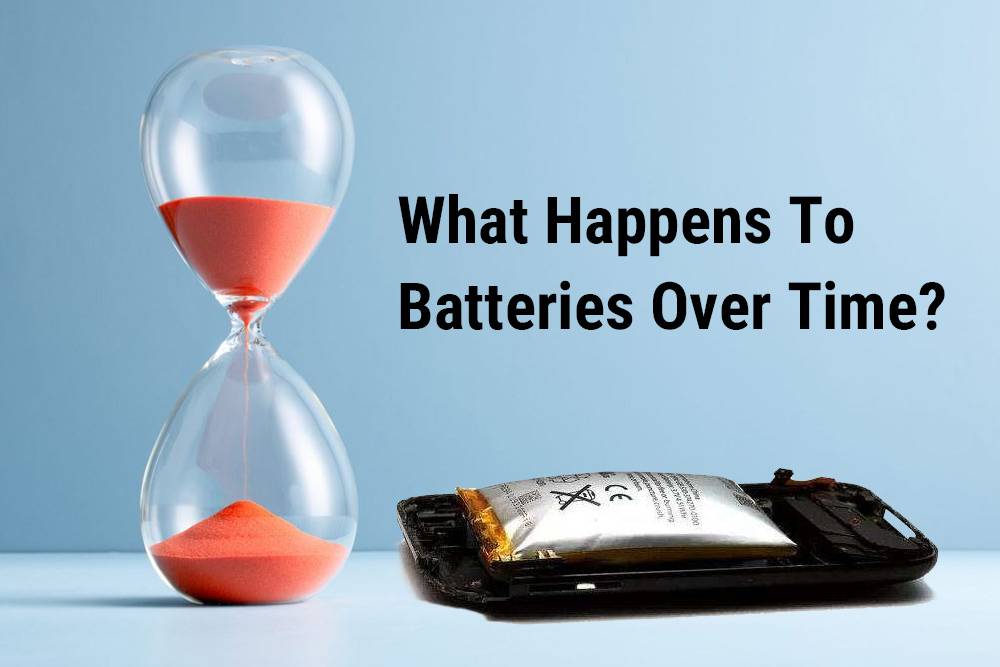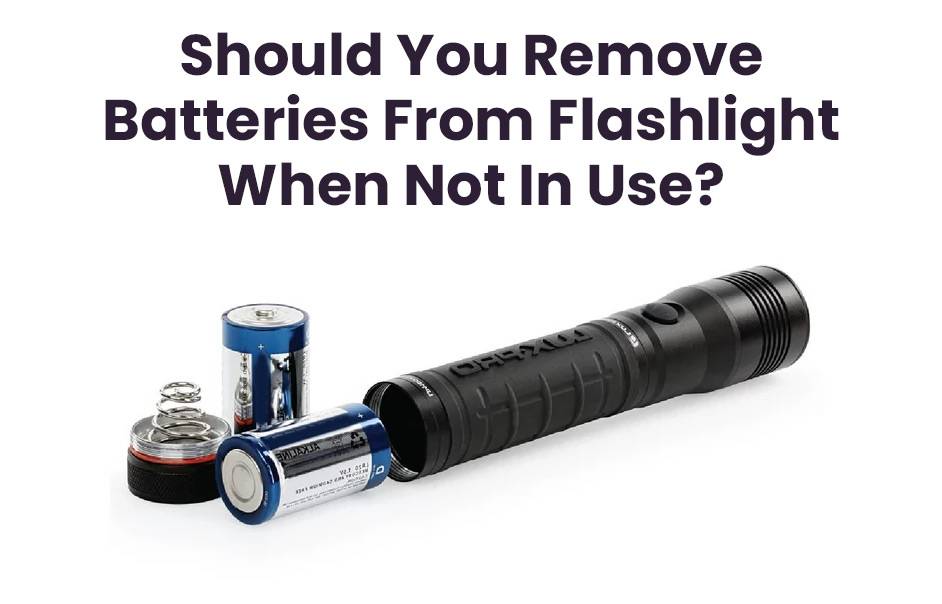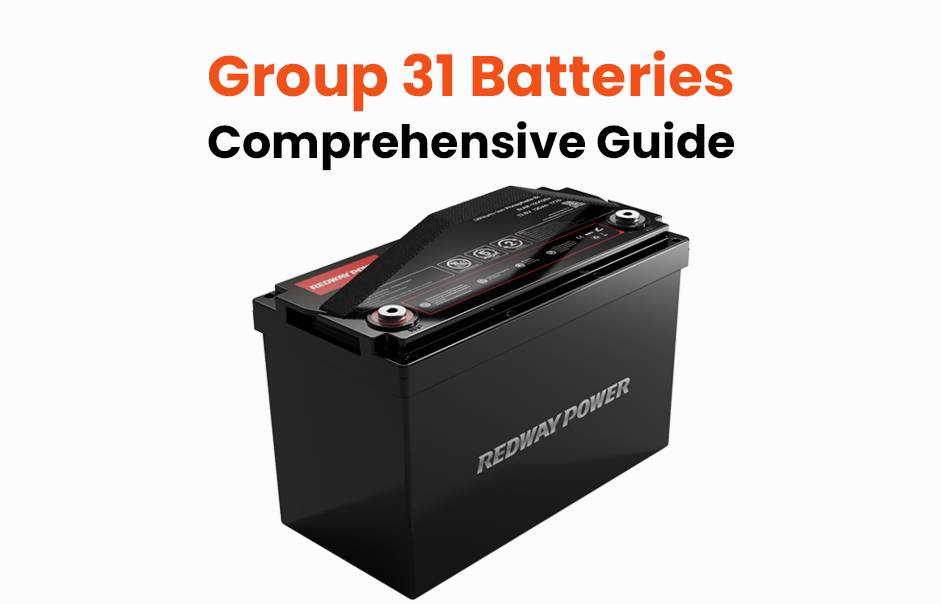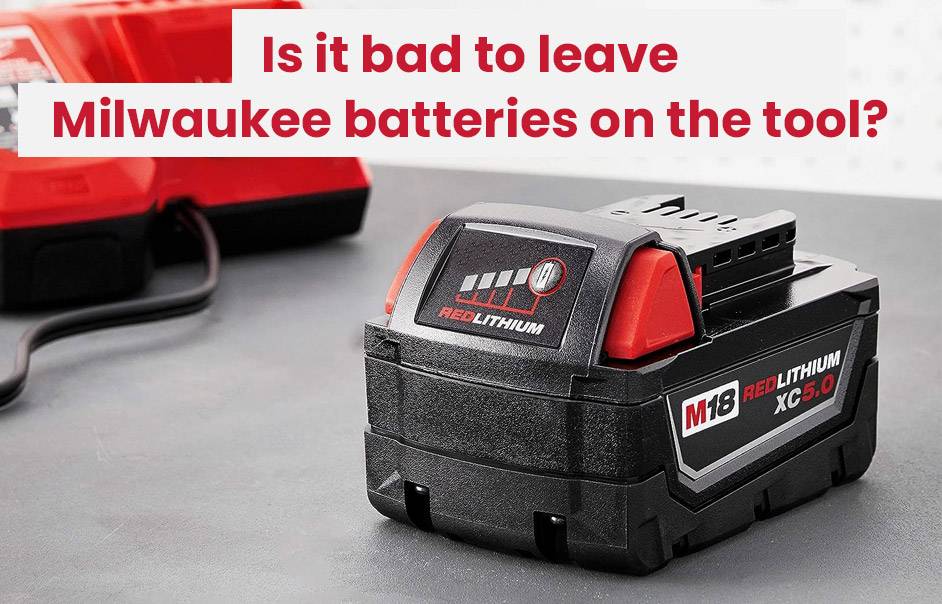
Blog
Can You Use Different Batteries in a Vape?
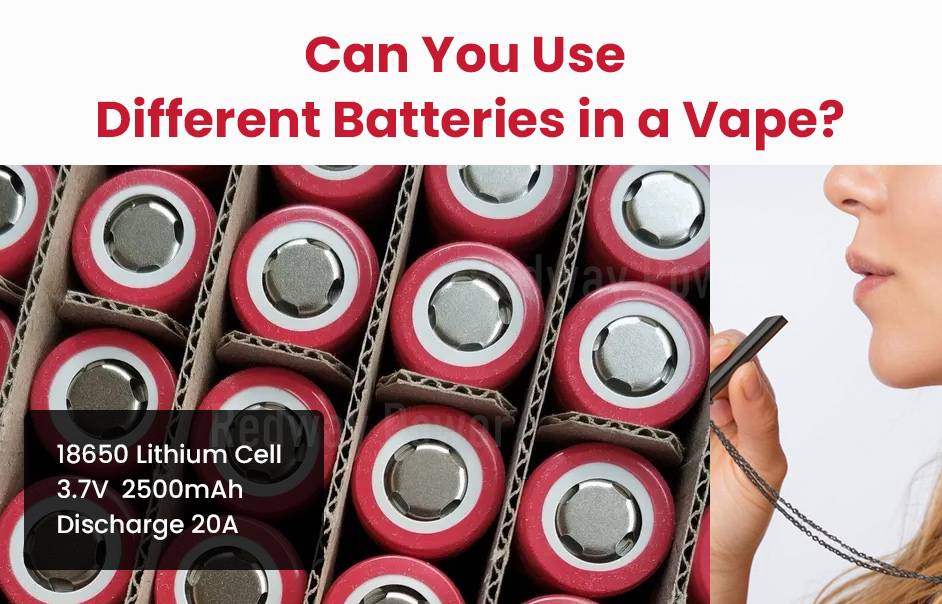
Using different batteries in a vape can lead to compatibility issues and safety risks. It’s crucial to understand the types of batteries used, their specifications, and how they interact with your vaping device to ensure optimal performance and safety.
What Types of Batteries Are Commonly Used in Vapes?
Vapes typically use several types of batteries, including:
- 18650 Batteries: The most common rechargeable lithium-ion batteries used in many high-powered vape mods.
- 21700 Batteries: Larger than 18650s, offering higher capacity and longer life.
- 18350 Batteries: Smaller batteries often used in compact or portable devices.
- Built-In Batteries: Found in pod systems and some vape pens, these are non-removable and vary widely in capacity.
Chart: Common Vape Battery Types
| Battery Type | Size (mm) | Common Usage |
|---|---|---|
| 18650 | 18 x 65 | High-powered mods |
| 21700 | 21 x 70 | High capacity devices |
| 18350 | 18 x 35 | Compact devices |
| Built-In | Varies | Pod systems and vape pens |
How Does Battery Compatibility Affect Vaping Performance?
Battery compatibility is essential for optimal vaping performance:
- Voltage Output: Different batteries have varying voltage outputs, which can affect the power delivered to the coil. Using an incompatible battery may result in insufficient power or excessive heat.
- Capacity: The milliamp hour (mAh) rating determines how long a battery can last between charges. Higher capacity batteries allow for longer vaping sessions without needing a recharge.
Chart: Impact of Battery Compatibility
| Factor | Effect on Performance |
|---|---|
| Voltage Output | Determines power delivered to the coil |
| Capacity (mAh) | Affects duration between charges |
Can You Mix Different Battery Types in a Vape Device?
Mixing different battery types is generally not recommended:
- Different Chemistries: Combining lithium-ion with nickel-metal hydride (NiMH) or other chemistries can lead to unpredictable performance and safety hazards.
- Age and Condition: Using old and new batteries together can cause imbalances, leading to over-discharge or overheating.
Chart: Mixing Batteries Risks
| Mixing Scenario | Risk |
|---|---|
| Lithium-Ion with NiMH | Unpredictable performance |
| Old and New Batteries | Imbalance leading to overheating |
What Are the Risks of Using Incompatible Batteries?
Using incompatible batteries can pose several risks:
- Overheating: Incompatible batteries may not handle the load properly, leading to overheating and potential battery failure.
- Reduced Lifespan: Mixing different types can lead to faster degradation of battery life.
- Safety Hazards: There is a risk of battery leakage, explosion, or fire if incorrect batteries are used.
Chart: Risks of Incompatible Batteries
| Risk | Description |
|---|---|
| Overheating | Can lead to battery failure |
| Reduced Lifespan | Faster degradation due to improper use |
| Safety Hazards | Risk of leakage or explosion |
How Can You Ensure Safe Battery Usage in Vaping?
To ensure safe battery usage:
- Use Compatible Batteries: Always use batteries recommended by the manufacturer for your specific device.
- Monitor Battery Health: Regularly check for signs of wear, such as swelling or corrosion.
- Charge Properly: Use chargers designed for your specific battery type to avoid overcharging.
Chart: Safe Usage Practices
| Practice | Description |
|---|---|
| Use Compatible Batteries | Follow manufacturer recommendations |
| Monitor Health | Check for signs of damage regularly |
| Charge Properly | Use appropriate chargers |
Tips for Battery Wholesale Buyers: How to Choose a Reliable Manufacturer?
When considering wholesale purchases or OEM orders for batteries, it’s crucial to choose a reliable manufacturer. Here are some tips:
- Research Manufacturer Reputation: Look for established companies like Redway Power, known for quality and reliability.
- Evaluate Product Range: Ensure they offer various battery types suitable for your needs.
- Check Certifications: Confirm compliance with industry standards.
For OEM orders from a reputable manufacturer like Redway Power, which has over 13 years of experience in lithium battery manufacturing, ensure clear communication regarding specifications and delivery timelines. This approach helps secure high-quality products that serve as excellent alternatives to lead-acid batteries.
Redway Power Expert Views
“Understanding battery compatibility is crucial for both performance and safety in vaping devices. By choosing the right batteries and following best practices, users can enjoy a safer and more efficient vaping experience,” states an expert from Redway Power.
FAQ Section
- Can I use different batteries in my vape?
It is generally not recommended due to compatibility issues that can affect performance and safety. - What types of batteries are commonly used in vapes?
Common types include 18650, 21700, 18350, and built-in rechargeable batteries. - What should I do if my battery doesn’t fit my device?
Always use compatible batteries as recommended by the manufacturer; mixing different types can be hazardous.




